Below, we’re looking at 15 classics that earned a reputation for sheer durability… the sort of cars and trucks that let you enjoy the nostalgia while keeping your peace of mind on the open road.
1. Toyota Land Cruiser (1990–1997 J80 Series)

- Unstoppable durability: The 80-Series Land Cruiser is perhaps the most durable and dependable classic vehicle for sale at any price.
- Heritage of toughness: Its 3FE straight-six engine traces its roots back to 1948, born from combining the best parts of two GM engines.
- Fanatical following: An upscale evolution of Toyota’s off-road icon, it now enjoys blue-chip classic status with a devoted owner community.
Toyota’s 80-Series Land Cruiser earned a bulletproof reputation in the world’s harshest environments. This full-size 4×4 was engineered for abuse, from its overbuilt engine (a descendant of 1940s truck motors) to its rugged suspension.

Owners routinely see 300,000+ miles on these trucks without major issues. While it’s no sports car, the Land Cruiser’s mission is clear: conquer any terrain and run forever.
For anyone seeking an old-school SUV that “isn’t going anywhere fast, but also isn’t going anywhere”, the 80-Series fits the bill.
2. Volkswagen Beetle (Type 1)
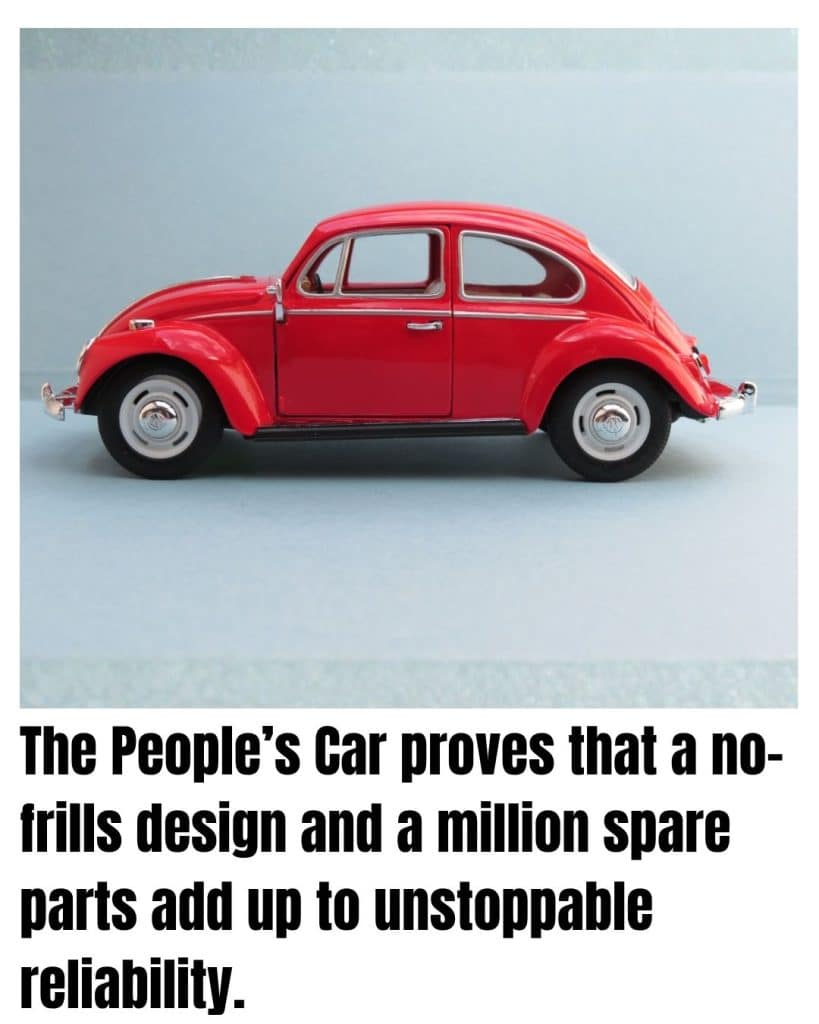
- Simple & reliable by design: Keep up with basic maintenance and this humble Beetle “will get you where you want to go”.
- DIY-friendly: An iconic manual (“How to Keep Your Volkswagen Alive”) empowered countless owners to rebuild and repair their Beetles themselves.
- Endless parts supply: With over 21 million Beetles made, spare parts are plentiful and cheap, keeping upkeep costs low (lelandwest.com).
The classic VW Beetle might not be fast or fancy, but it’s amazingly durable in its simplicity. Its air-cooled engine and minimal electronics mean there’s little to go wrong; and when something does, it’s easy to fix.
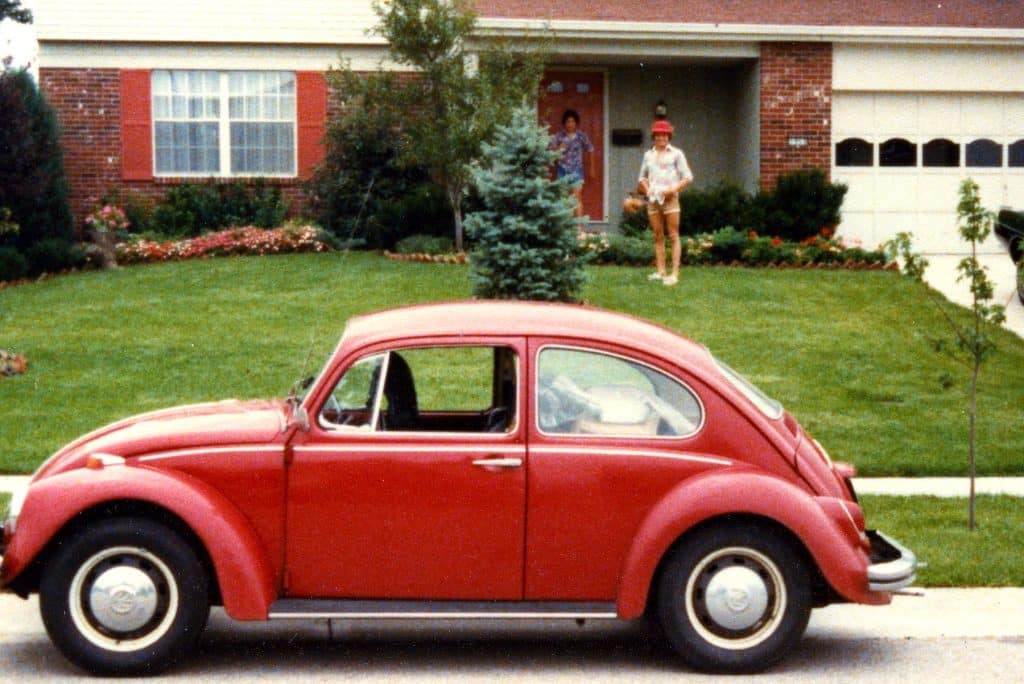
In fact, many “hippie” owners learned to tear down and rebuild Beetle engines on their own. Boldly basic engineering is the Beetle’s secret: no complex gadgets, just a trusty little motor that chugs along mile after mile.
With millions built and a global cult following, the Beetle remains an everyman’s classic that will happily buzz down the road for decades as long as you give it a little love.
3. Ford Mustang (Good as Gold for 3 Decades 1965–1993)

- Every part available: The original Mustang is so well-documented that “every single part… can be found brand-new in the aftermarket”, even entire body shells.
- Evolved reliability: Later Mustang generations overcame 1970s malaise; many 1980s “Fox-body” Mustangs now run modern crate engines good for 200,000 miles.
- Enduring icon: From the simple 1960s V8 cruisers to the bulletproof four-cylinder LX models of the early ’90s (known to be “dead reliable”), all share a robust and repairable backbone.
Few classics are as beloved and usable as the Ford Mustang. As an American icon produced for decades, the Mustang benefits from an unmatched ecosystem of parts and knowledge.
You can literally build a classic Mustang from scratch using brand-new reproduction; great news for reliability, since anything that wears out can be replaced.
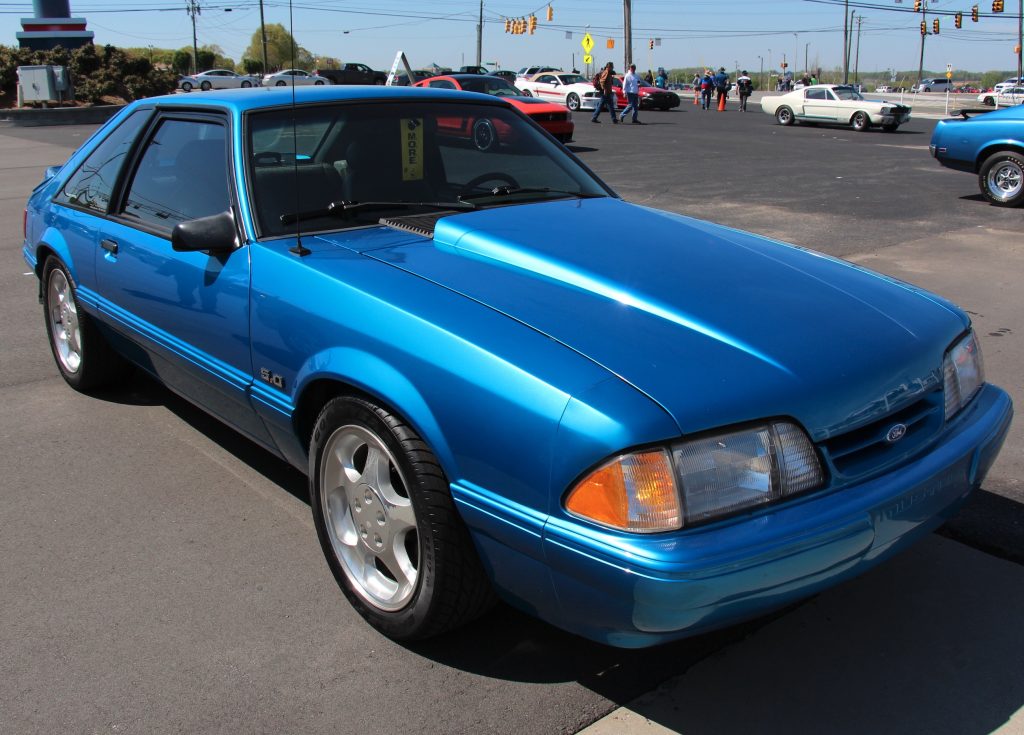
Early Mustangs were mechanically simple and tough; later models introduced modern components without losing that toughness.
Even the much-maligned 1970s Mustang II and the 1979–93 Fox-body have shed their bad reputations, often retrofitted with fuel-injected engines that run for hundreds of thousands of miles.
For a stylish classic you can actually daily-drive, the Mustang is a solid bet that combines nostalgia with everyday start-up and go dependability.
4. Jeep Cherokee (1984–2001 XJ)
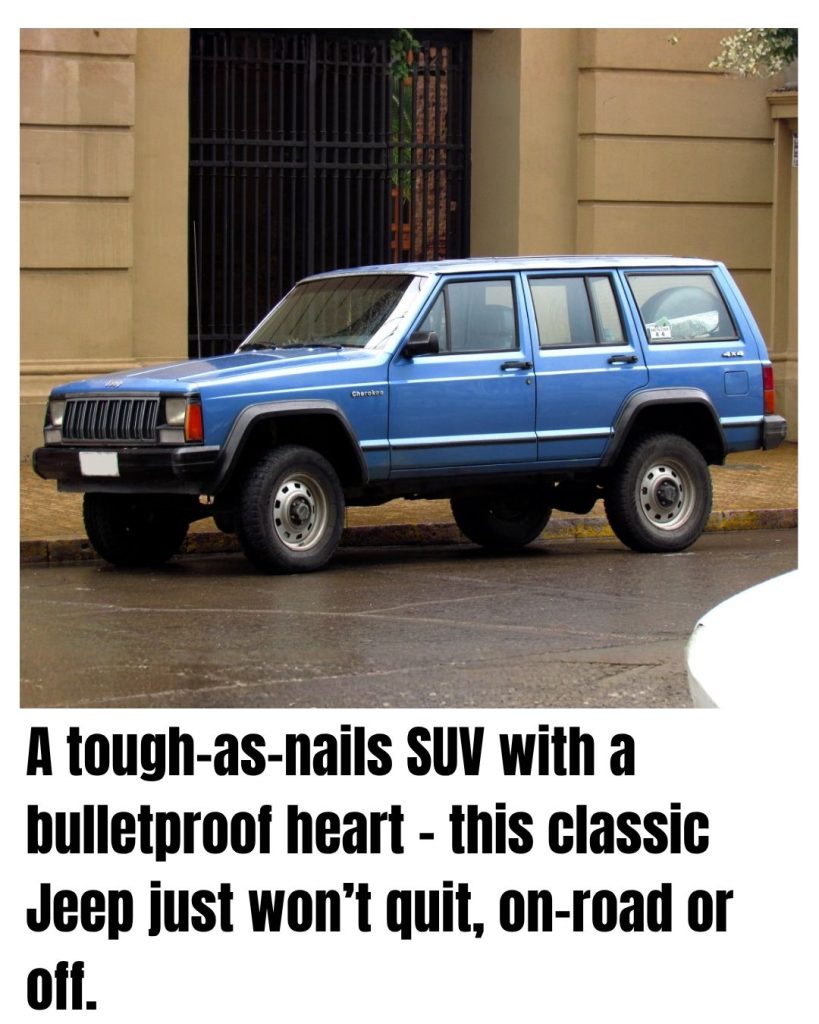
- Engineered to last: The XJ Cherokee’s rugged bones are “bulletproof”, anchored by the legendary 4.0L inline-six engine.
- Huge support network: Decades of production mean vast forums and aftermarket support to solve any issue that’ll arise.
- Simple & Solid: It’s simple solid-axle 4×4 design and minimal electronics make it easy to repair, and many still tackle trails daily with six-figure mileage on the odometer.
The Jeep Cherokee XJ earned its stripes as a durable workhorse. Built during the era when SUVs were engineered for toughness, the XJ’s stout unibody and proven drivetrain can handle high miles and hard use.

Owners will attest that the 4.0-liter “high-output” six-cylinder engine is practically indestructible, often going well beyond 200,000 miles with basic maintenance.
Early Cherokees had a few electrical gremlins, but those have long since been ironed out – what’s left is a reliable steel mule with a die-hard enthusiast community to match.
Whether hauling family or crawling rocks, the Cherokee simply keeps on chugging, making it a shockingly reliable classic SUV you can count on.
5. BMW 3 Series (E30, 1984–1991)
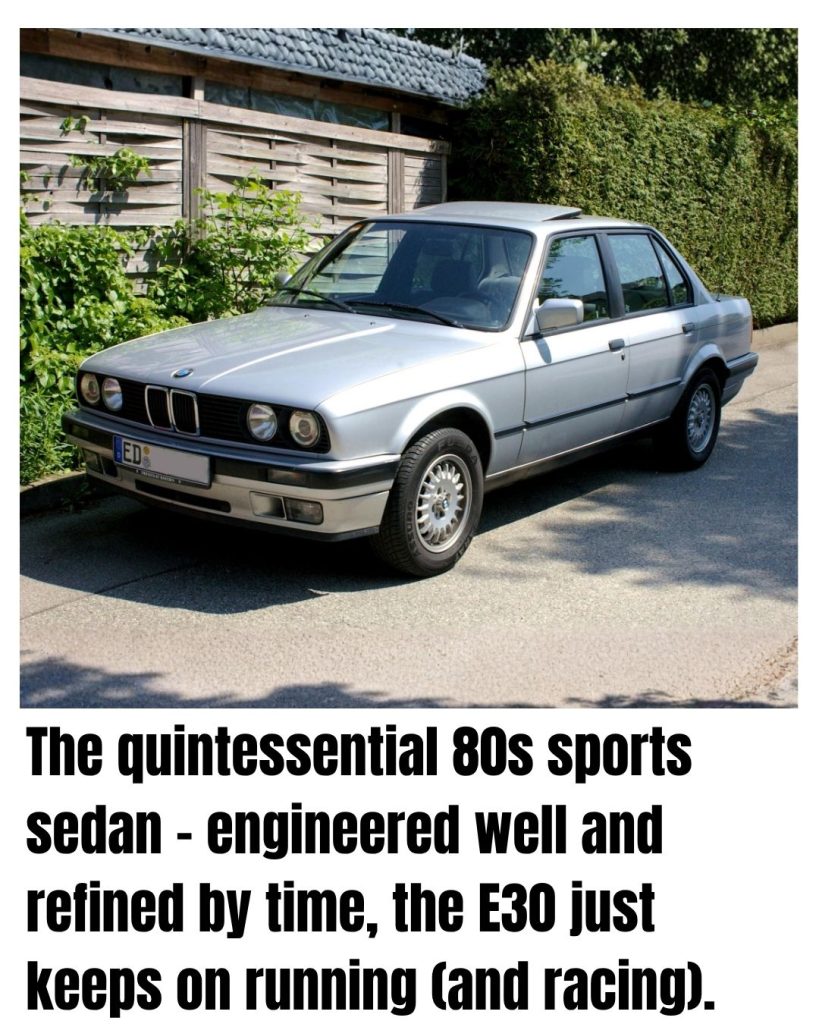
- Proven over time: The BMW E30’s once “space-age” design is now fully debugged; “all the bugs have long been worked out” over decades of use.
- Plentiful parts: Strong enthusiast demand means parts are plentiful and even interior trim can be sourced thanks to racing communities (americancollectors.com).
- Simple and solid: Compared to modern BMWs, the E30 is relatively straightforward mechanically, with a hardy inline-four or six that can rack up high mileage when cared for.
The E30-generation BMW 3 Series has transformed from a 1980s yuppie car to an enduring classic known for reliability.
BMW built these compact sport sedans with an emphasis on quality. And it shows.
Key components are stoutly built, and because the E30 is now an old favorite at track days and in car clubs, it enjoys fantastic parts availability and knowledge support.

Enthusiasts have spent 30+ years sorting out every weak point, resulting in upgrades and fixes that keep these cars running strong.
With its basic Bosch fuel injection and mostly mechanical systems, an E30 can be a straightforward DIY project.
Many still see daily use, odometers well into six figures. In short, the E30 offers European sports-sedan charm and precision without the usual old-BMW headaches. It’s a true classic you can rely on.
6. Mercedes-Benz W123 (1976–1985)
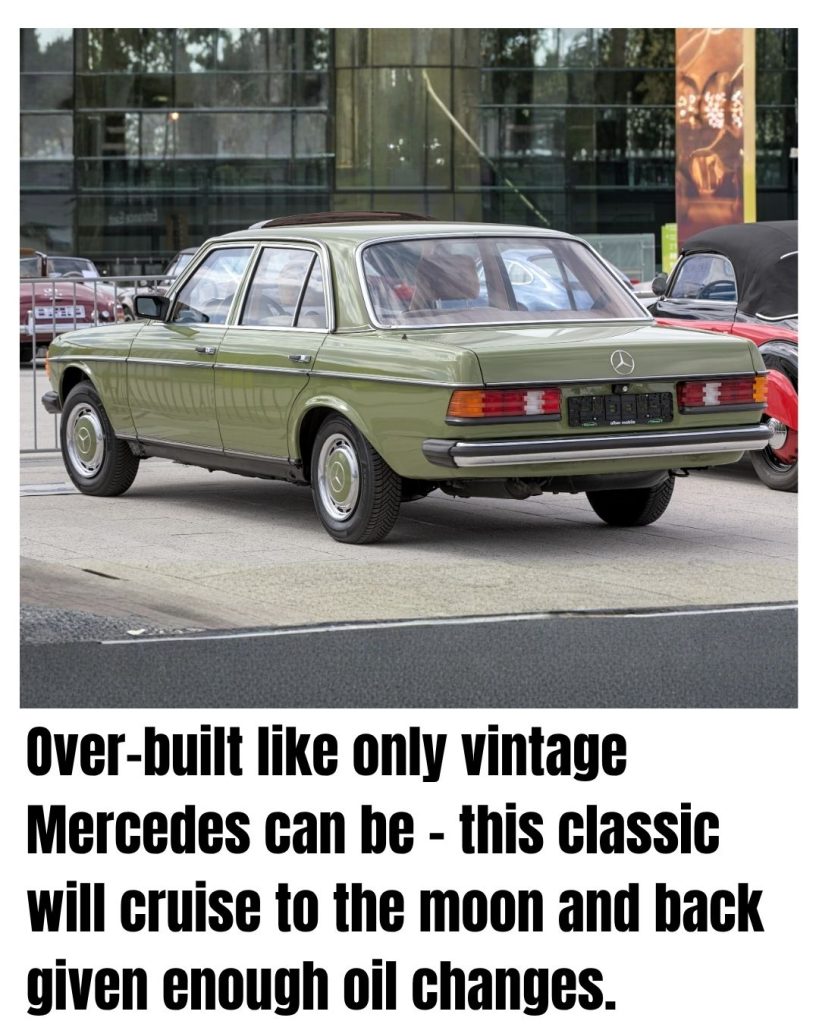
- Over-engineered excellence – The W123 is renowned as “one of the most over-engineered cars ever built”, often still running strong at 400k+ miles.
- Built for the world: Equally at home cruising the Autobahn or crawling through the desert, these Mercs were designed to taxi people reliably across continents.
- Parts for decades: Mercedes still supplies parts for many W123 components, and a global fanbase keeps these diesel (and gasoline) classics on the road indefinitely.
If any car defines old-school Mercedes durability, it’s the W123 series. Available as sedans, coupes, and wagons, the W123 earned a sterling rep as unkillable taxis and family cars from Europe to Africa.
These cars were engineered to a standard, not a price – full of heavy-duty materials and clever German simplicity. The result? It’s not unusual to see a W123 with half a million miles on the clock and still purring along.
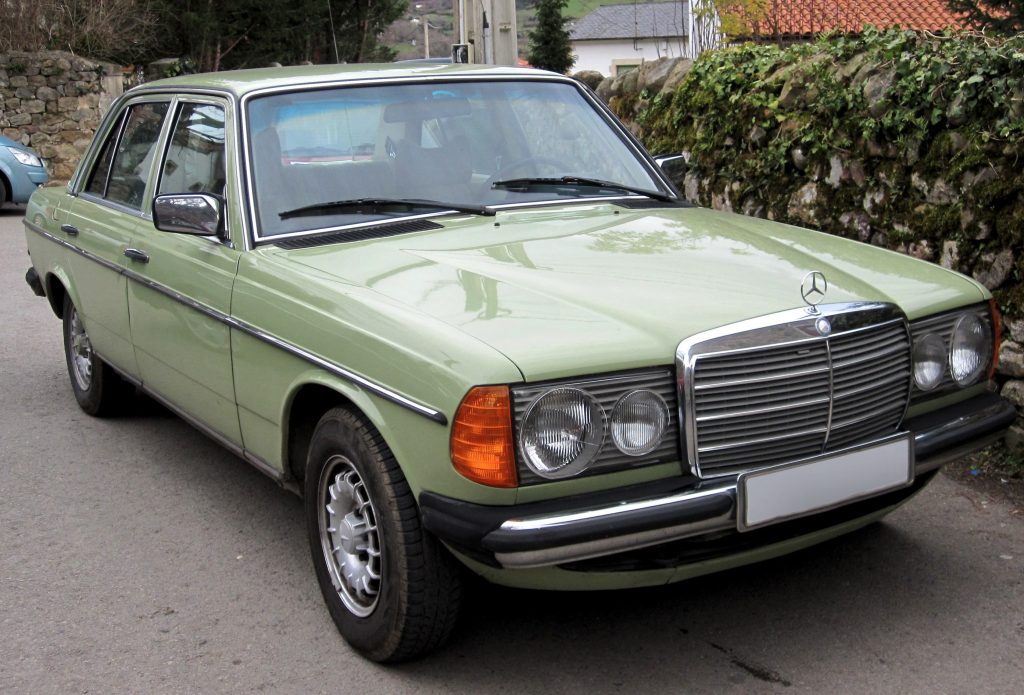
The diesel engines in particular are legendary for their longevity (some call them “million-mile engines”). Even the cosmetics last, with interiors and trim built to withstand decades of use. When something does wear out, Mercedes’ classic parts program or various specialists can usually source a replacement.
Comfortable, classy, and absurdly robust, the W123 is a classic you might just hand down to your grandchildren.
7. Porsche 911 SC/Carrera (1978–1989)
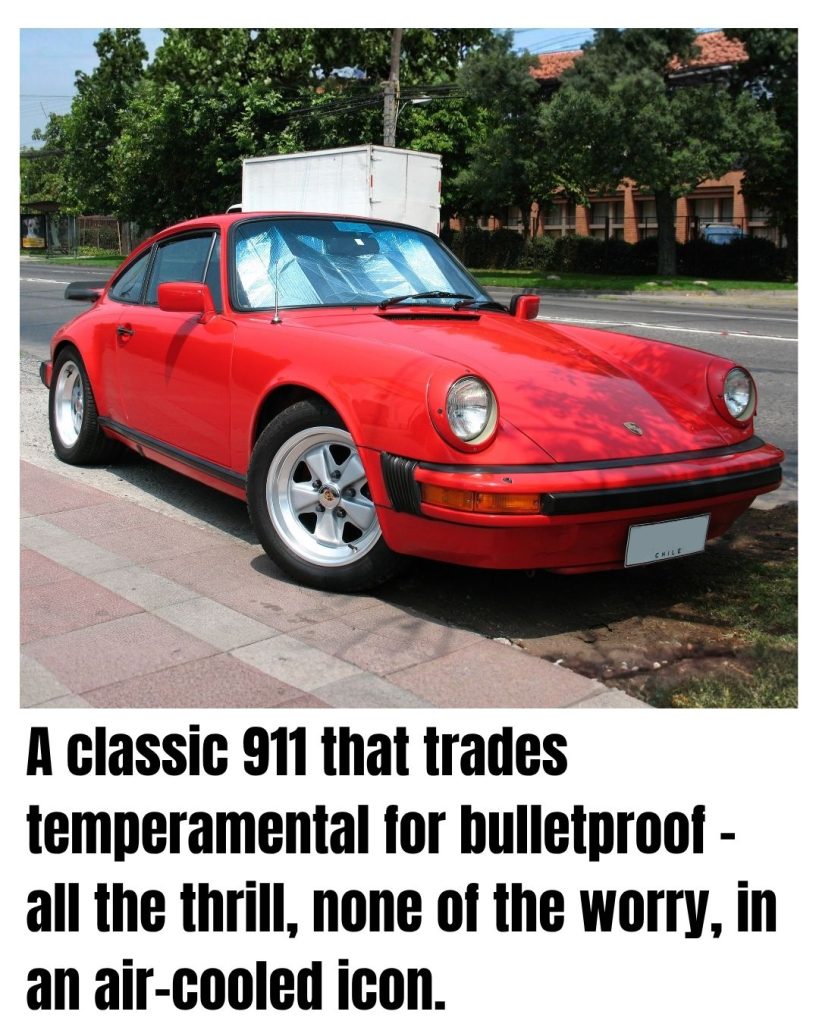
- Low-stress performance: The late ‘70s–80s air-cooled 911s feature “under-stressed engines, rust-proofed bodies, and relatively simple electronics”, making them the most trouble-free 911s to own.
- Built to drive, not sit: These 3.0L SC and 3.2L Carrera models can rack up high mileage when exercised regularly, with durable galvanized bodies resisting the rust that plagued earlier 911s.
- No-fuss fun: Analog driving experience with minimal electronic aids means less to go wrong, yet parts and expert service are readily available given the 911’s popularity.
The Porsche 911’s mystique often comes with a reputation for finicky maintenance – but the 1978–1989 911 SC and Carrera 3.2 are notable exceptions.
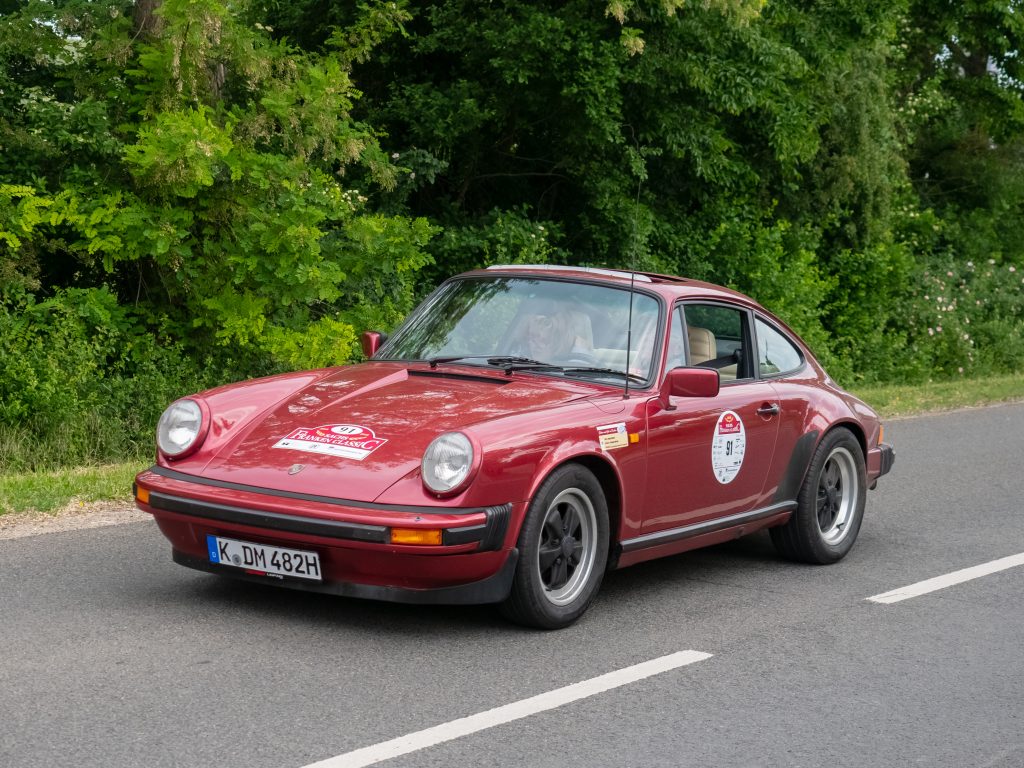
Porsche hit a sweet spot with these models: they improved durability (zinc-coated bodies, better materials) and kept the mechanicals relatively straightforward. The result is a classic sports car you can actually depend on.
Enthusiasts report these 911s will run and run, needing little more than routine valve adjustments and oil changes. The engines are strong and under-stressed, often going well past 150,000 miles before needing serious work (americancollectors.com).
Unlike earlier 911s, you won’t be constantly chasing rust or tuning carburetors, and unlike later ones, you aren’t dealing with complex electronics. It’s just you, a flat-six engine, and the open road – with confidence that this Porsche will get you home again, no drama.
8. Chevrolet Impala SS (1994–1996)
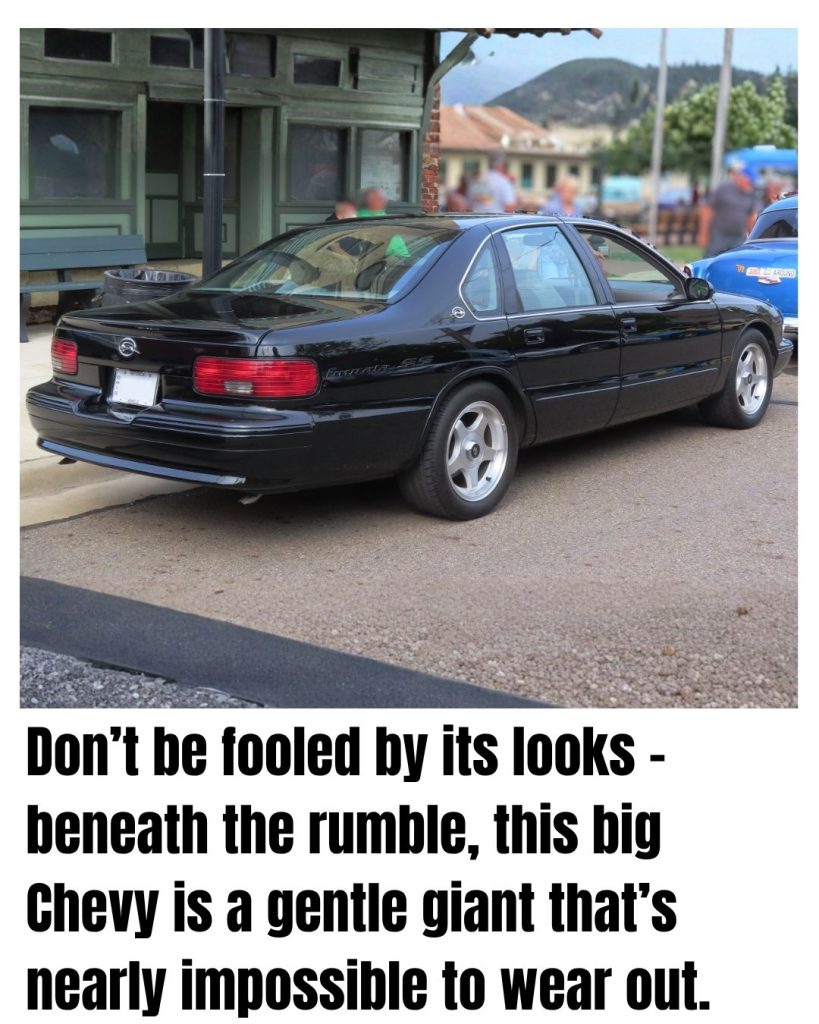
- Proven platform: Under the menacing body, the ’94 -’96 Impala SS is essentially a police-grade Chevy Caprice, sharing its tough body-on-frame chassis and LT1 V8 with cop cars and taxis.
- Cheap, easy repairs: Parts are abundant and inexpensive; for example, a replacement transmission costs under $2,000 – pocket change compared to parts for European classics.
- Modern usability: Fuel-injected and built in the 1990s, it starts in any weather and runs with modern reliability, yet it’s old-school enough to fix with basic tools.
The mid-90s Impala SS is a muscle sedan that’s as dependable as they come. Chevy essentially took its workhorse Caprice (famed in fleets) and gave it a performance twist, meaning you get both brawn and reliability.
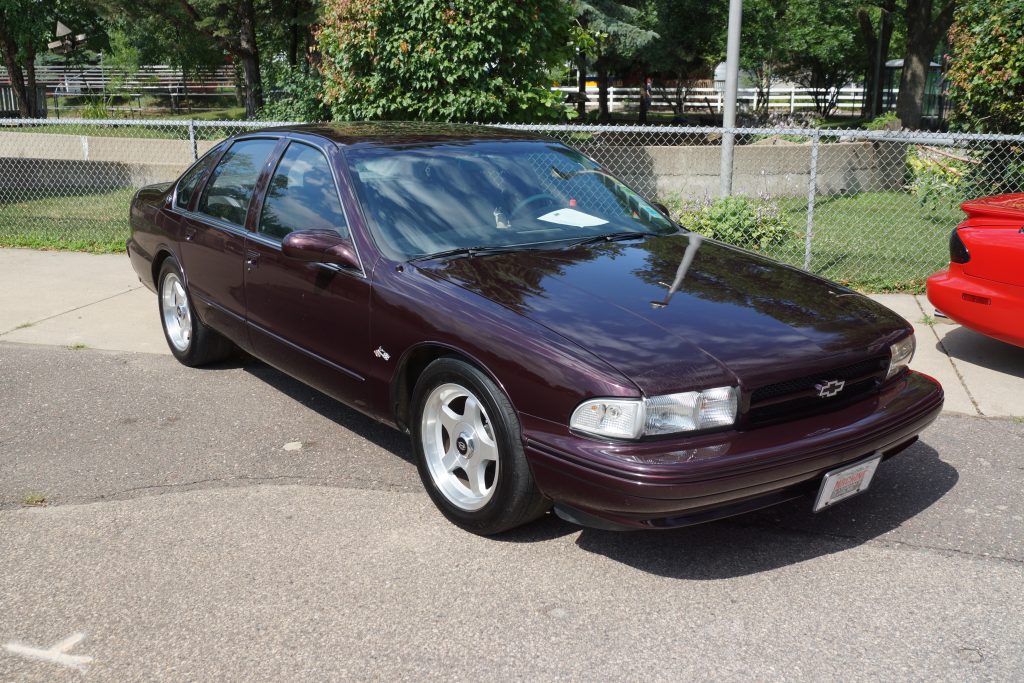
The small-block 5.7L LT1 engine under the hood is a detuned Corvette motor known for longevity, and the car’s heavy-duty suspension and brakes were designed for 24/7 police use. In civilian life, that means the Impala SS just doesn’t break a sweat.
Many of these cars have been driven hard (often by enthusiasts) and still rack up huge mileage. When something does wear out, you’re usually looking at off-the-shelf GM parts, easy to find and cheap to buy.
In short, the Impala SS is a burly classic that delivers muscle-car vibes with everyday-car dependability, plus a back seat and trunk to boot.
9. Chevrolet Corvette (C4–C6, 1984–2004)
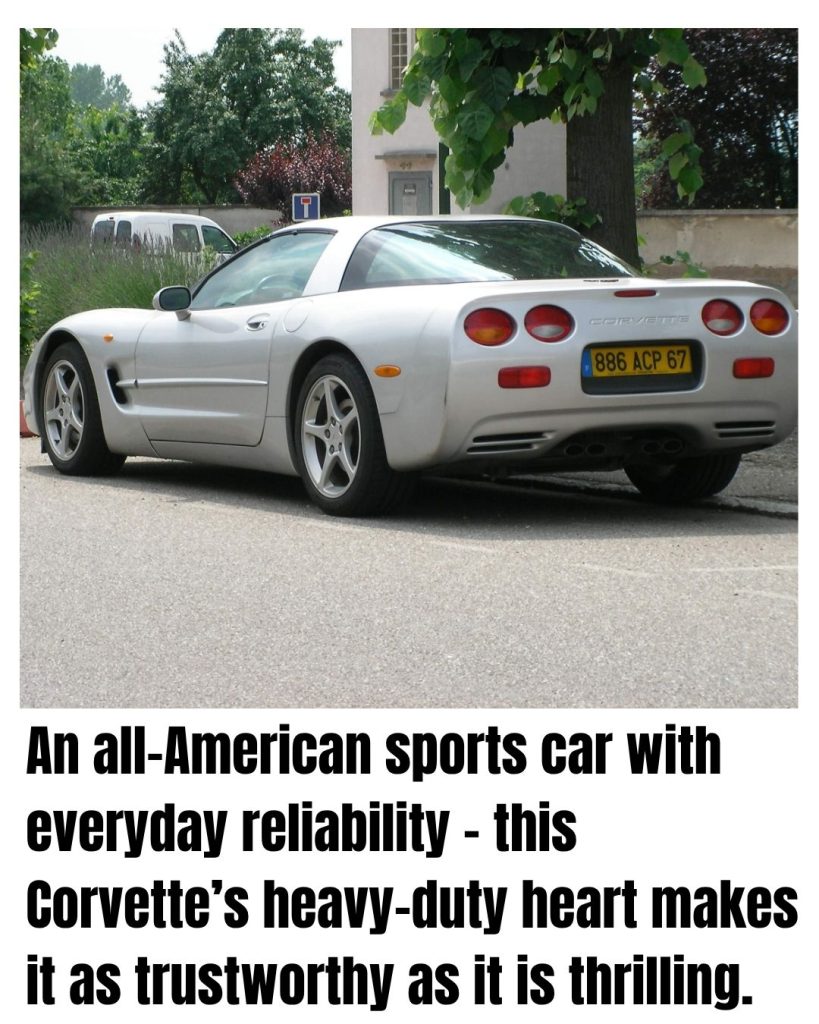
- Sports car stamina: Later-generation Corvettes are “exceptionally reliable vehicles” that often exceed 100,000+ trouble-free miles without breaking all stock parts.
- Robust drivetrain: The Corvette’s ubiquitous small-block V8 (LS-series in C5/C6) is famed for durability and simplicity, sometimes likened to taxicab reliability despite its high performance.
- Daily-driver friendly: Models from the late ’80s through early 2000s have modern fuel injection and electronics that, aside from a few quirks (like the C4’s quirky digital dash), prove very dependable long-term.
Early Corvettes aren’t usually thought of as “reliable”, but the C4, C5, and early C6 generations buck that stereotype in a big way.
These Vettes were engineered with an eye toward real-world use: sturdy components, relatively simple pushrod engines, and lots of owner feedback over the years led to continual improvements.
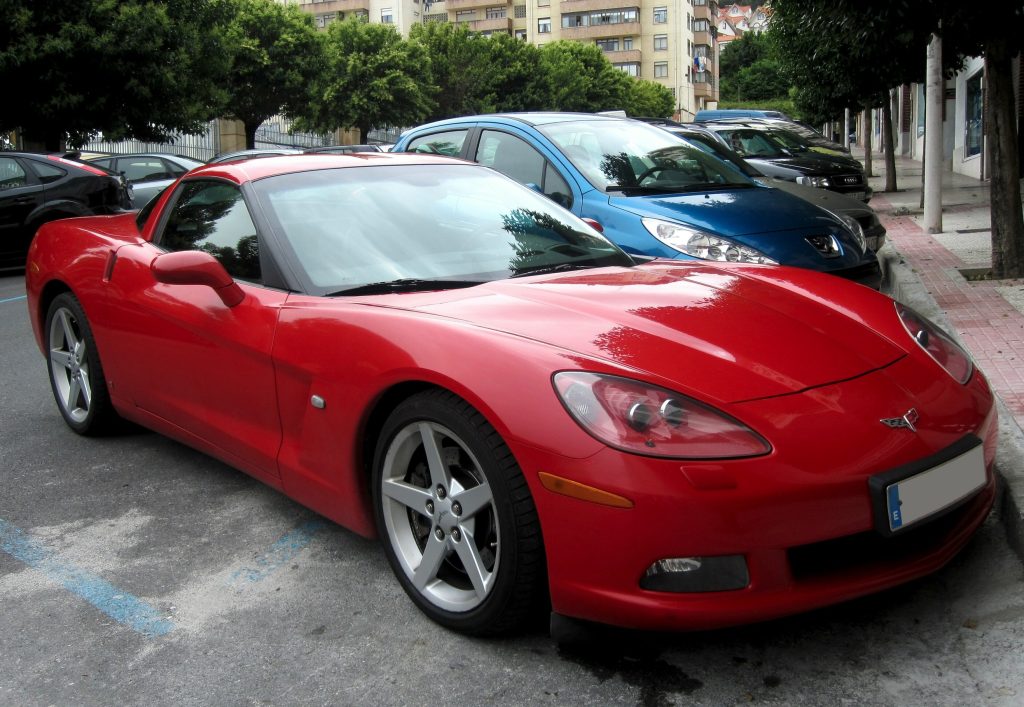
The result is a high-performance classic that you can drive cross-country without fear. It’s not uncommon to find a C5 Corvette with 150,000 miles still running strong on its original engine and transmission.
Aside from minor known issues (many of which have fixes or were handled under warranty back in the day), these Corvettes require little more than routine maintenance.
Chevrolet’s LS V8 in particular is renowned as one of the toughest engines around. So go ahead – enjoy supercar thrills and daily-driver reliability in one fiberglass package.
10. Datsun 280Z (1975–1978)
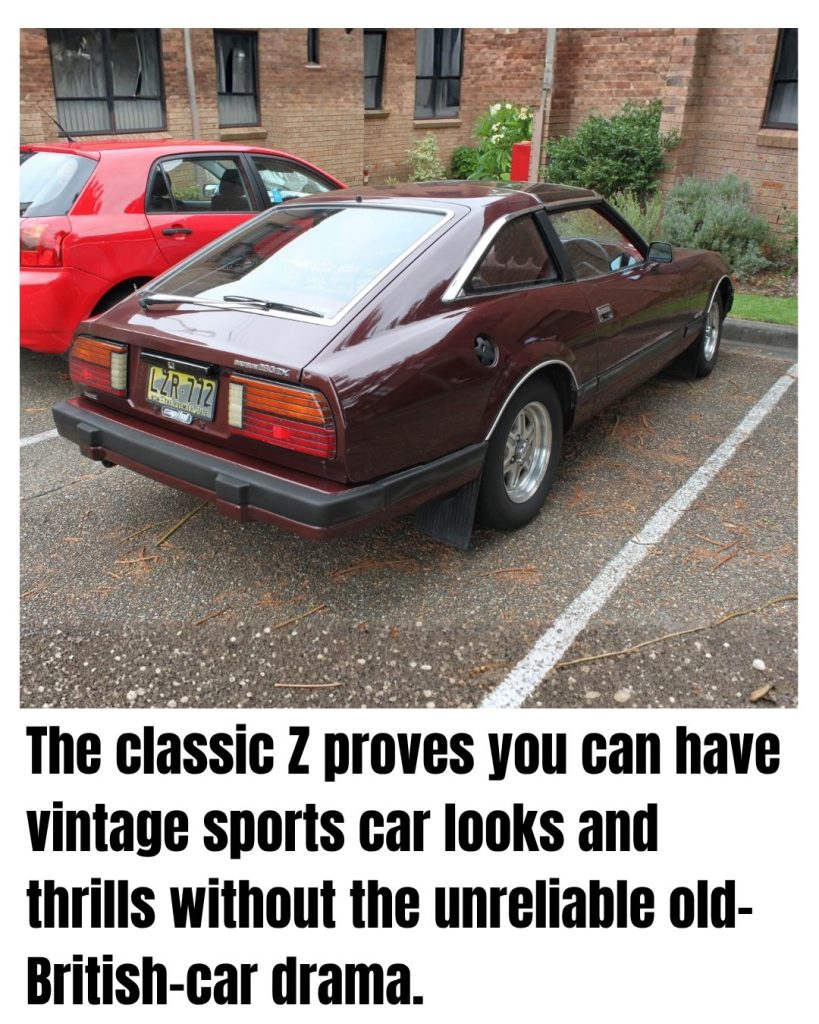
- Japanese sports car, reliable soul: The original 240Z earned fame for “the beauty of a Jaguar with much better reliability,” and the later 280Z only improved on that.
- Tougher internals: The 280Z’s engine and components were slightly beefed up from the 240Z, handling emissions add-ons and stress with ease once those are sorted.
- Racing longevity: These Z-cars are so robust that some are still competing in racing events into their sixth decade, a testament to their durable construction.
The Datsun 280Z blended vintage sports-car style with famously solid Japanese engineering. The earlier 240Z had already proven a sports car could be both exciting and dependable, and the fuel-injected 280Z refined that idea even further.
Its smooth, understressed 2.8L straight-six is known to rack up huge mileage, especially once the finicky early emissions gear is tuned or removed.
The electrical and cooling systems were straightforward and tough for the era, and longtime Z drivers love to point out how the car will “just start up and go” even after sitting for months.
13. Plymouth Valiant (1960s–1970s)
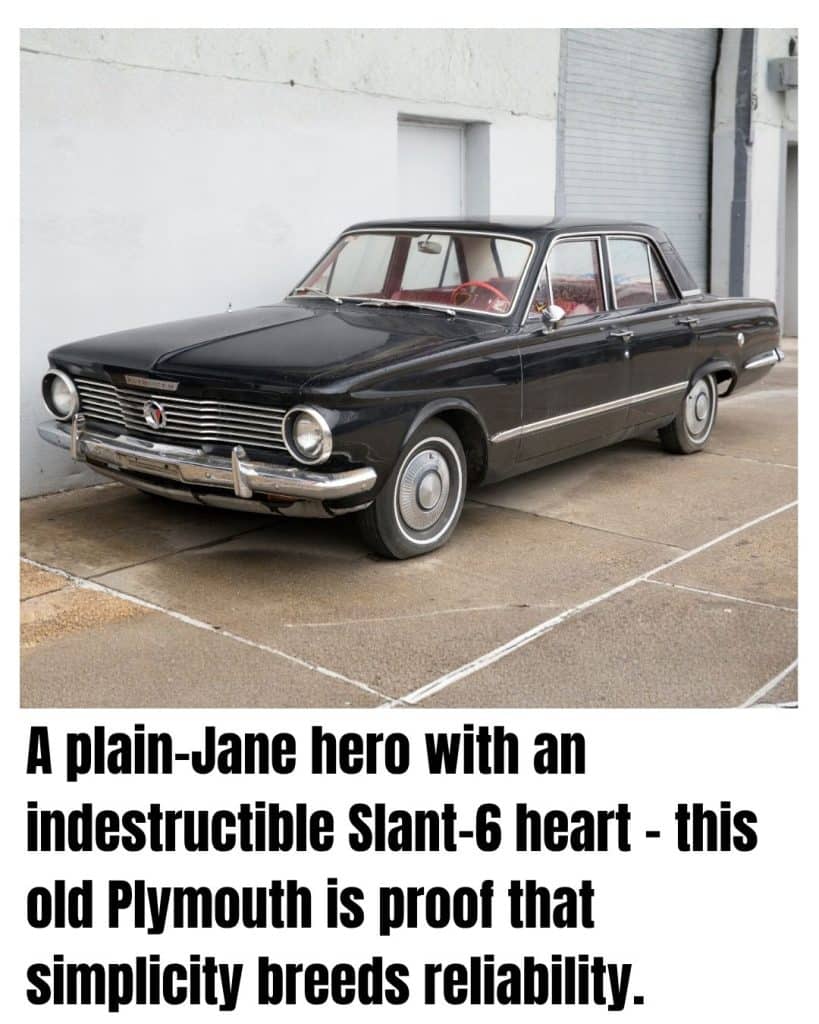
- Slant-Six power: The Valiant’s trusty 225 cid Slant-6 engine is legendary for running forever; it was nicknamed “the leaning tower of power” for its peculiar tilt and bulletproof nature.
- Uncomplicated mechanics: No frills here: carburetor, distributor, and a sturdy Torqueflite transmission. Simplicity = fewer things to break, and any competent mechanic (or amateur) can fix what does go wrong.
- Everyday workhorse: Originally a humble economy car, the Valiant was built to endure daily driving on 1960s roads. Even emissions-choked later models have since been de-smogged by enthusiasts, restoring reliability
The Plymouth Valiant was never flashy, but its reliability is unquestioned. These compact Mopars hauled families through the ’60s and ’70s, piling on miles thanks to simple engineering and tough drivetrains.
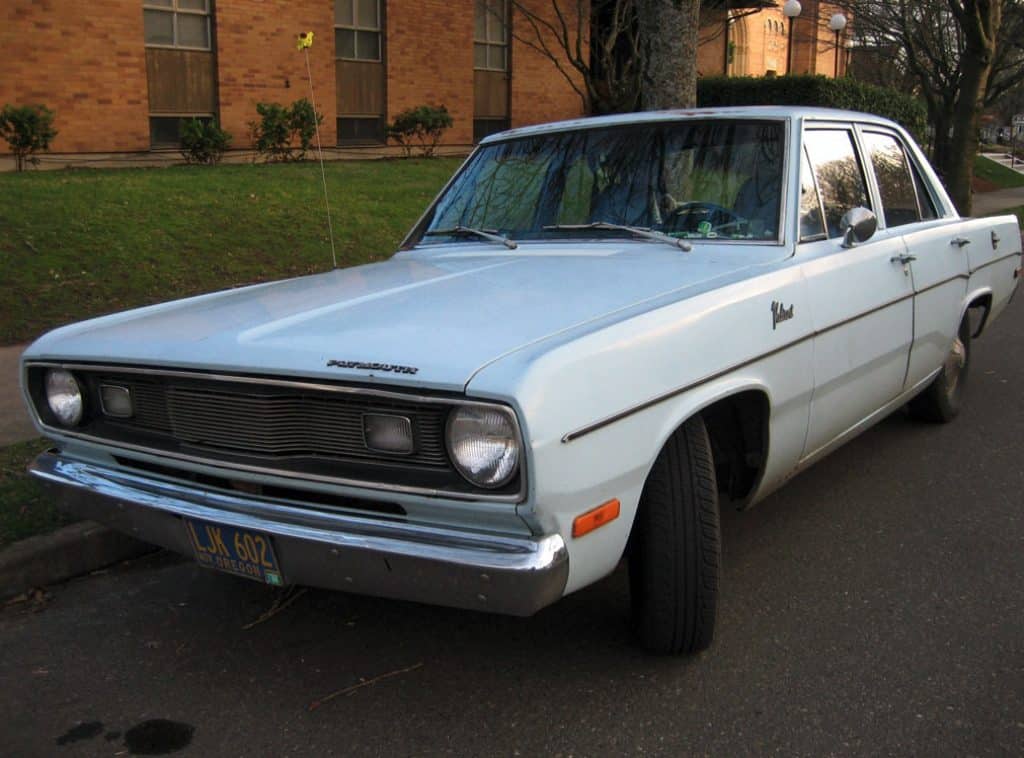
The legendary Slant-6—tilted 30 degrees for a lower hood—became famous for running forever, even with neglect or teenage abuse. Many Valiants racked up cross-country trips and kept going long after their original owners were gone.
With its straightforward mechanical layout, maintenance stays cheap, and parts remain easy to find because Chrysler used the Slant-6 across so many models. It’s one of those unassuming workhorses that just fires up and keeps on going.
14. Ford Crown Victoria (1990s–2000s Panther Platform)
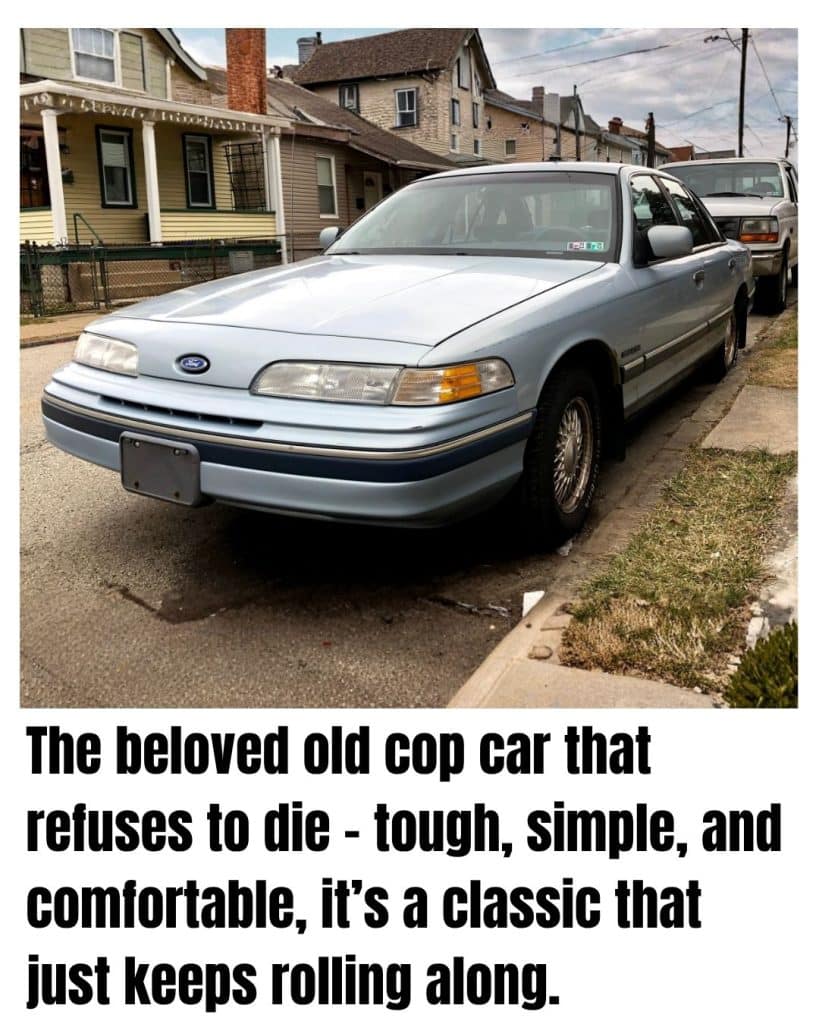
- Police-approved toughness: Built on the rugged Panther platform, the Crown Vic’s body-on-frame construction and V8 powertrain can “take substantial abuse in stride” while keeping maintenance cheap.
- Fleet tested: Ubiquitous as police cruisers and taxis for decades, these cars routinely saw 200k+ hard miles; as civilian classics, they loaf through an easy life by comparison.
- Old-school simplicity: A stout 4.6L SOHC V8, simple 4-speed automatic, and minimal electronics make the Crown Vic relatively easy to service and very forgiving of neglect.
The Ford Crown Victoria—and its Panther-platform cousins, the Grand Marquis and Town Car—might be the toughest American sedans ever built.
Police fleets and taxi companies proved it, racking up brutal, high-mileage service on cars that just refused to die.
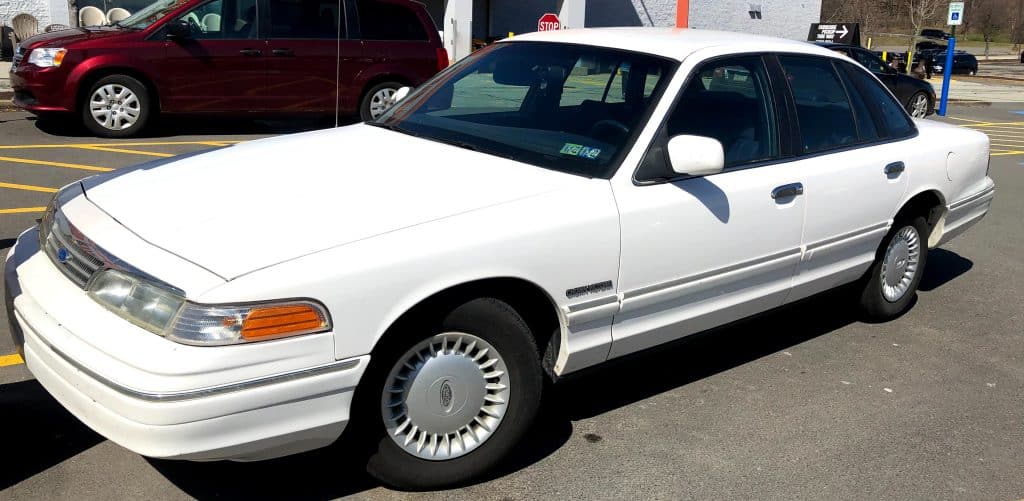
The secret was the old-school recipe: rear-wheel drive, a simple V8, and a full steel frame that made them basically trucks in sedan form. That overbuilt layout meant the drivetrain and suspension barely broke a sweat in normal use.
Even after production ended, many departments kept running them because nothing else matched their durability or low maintenance costs.
As classics, they’re almost comically reliable, with plenty still cruising around past 150,000 miles. Parts are cheap and everywhere since Ford built them the same way for so long. It’s a plush, unkillable cruiser from an era that’s gone.
15. Mazda MX-5 Miata (NA, 1990–1997)
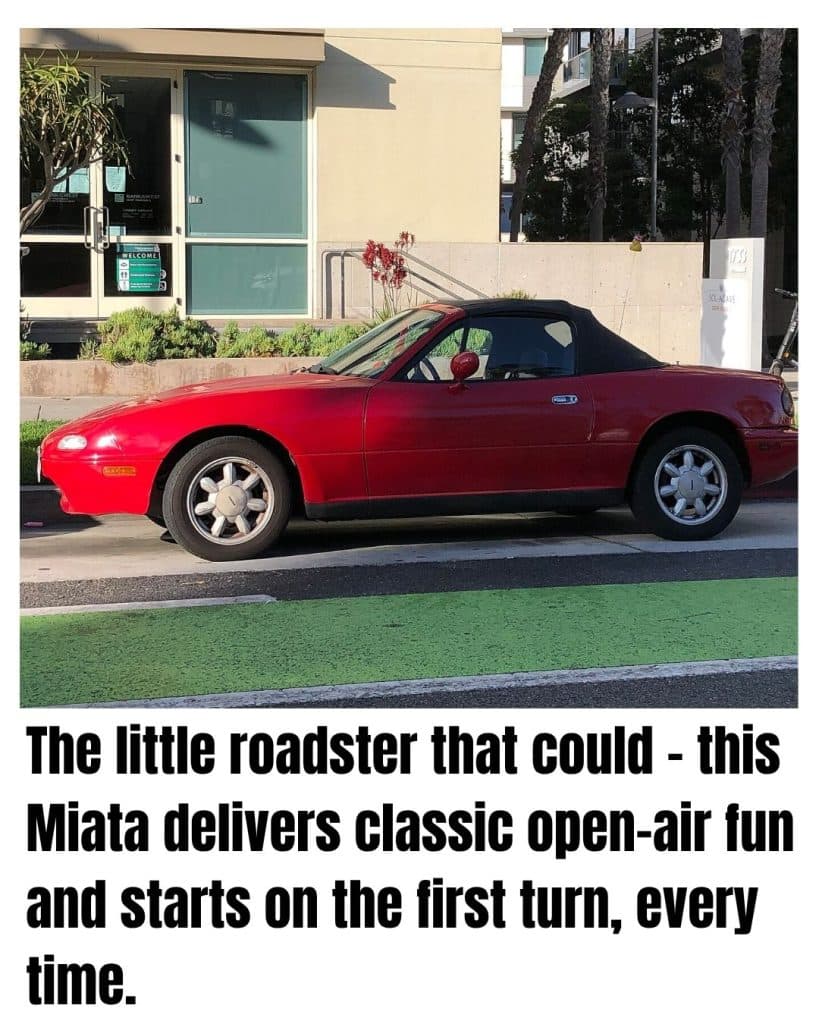
- Reliable roadster: The Miata famously revived the idea of the classic British sports car “with the much-needed reliability baked in,” earning praise for its long-term dependability.
- Simple and solid: A lightweight 1.6L/1.8L engine, manual gearbox, and minimal frills make the Miata mechanically straightforward; many engines last 200k+ miles with routine care.
- Daily fun, low cost: The Miata rates above average in reliability and has low ownership costs (low $400s annual maintenance), so you can enjoy spirited drives without worry.
The Mazda Miata proved a sports car could be pure fun and dead reliable. It captured the feel of a ’60s roadster, light, nimble, top-down joy, but with the dependability those old cars never had.

Mazda’s careful engineering delivered tight build quality, a tough little engine, and components that rarely fail. Owners love to say their Miatas are “happy” cars because they don’t cause trouble; even when driven hard, problems are usually small and cheap to fix.
Parts are everywhere thanks to the car’s huge fan base. And as long as rust hasn’t taken hold, an early NA Miata can sail past 150,000 miles of genuine smiles-per-mile driving. No wonder it has a cult following.
16. Honda CR-X (1984–1991)
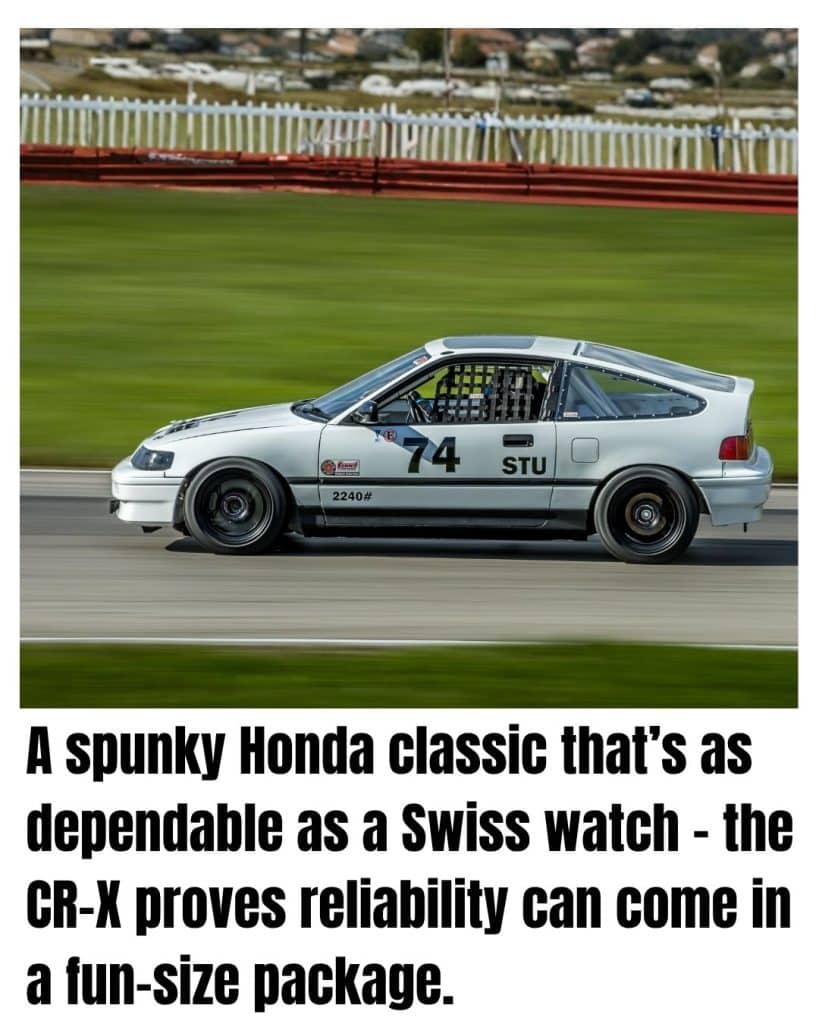
- Starts every time: Even decades later, a well-kept CR-X will “turn the key every morning and know that it’ll get you back and forth to work” reliably.
- Honda bulletproofing: Lightweight and mechanically simple, the CR-X benefits from Honda’s 1980s engineering excellence – engines known to run well past 150k miles and robust manuals that rarely fail.
- Efficient and fun: Besides reliability, it’s also incredibly fuel-efficient and a blast to drive, making it a practical classic that doesn’t need constant tinkering (unlike many ’80s sporty cars).
Honda’s CR-X earned a huge reputation for reliability despite its tiny size. Built on Civic bones, it paired Honda’s rock-solid powertrains with a featherweight chassis, so nothing was ever heavily stressed.
Owners love to say their CR-X never stranded them—turn the key and it just wakes up, ready for a commute or a spirited back-road blast.
Its secret was simplicity: no turbo tricks or gimmicks, just a well-tuned 4-cylinder like the D16 that will run practically forever with basic maintenance. Even the fuel injection and ignition systems were straightforward and dependable for the era.
Rust is the main threat, but mechanically, these cars are bulletproof. That’s why clean examples are prized today—they deliver 80s charm, lively handling, and classic Honda dependability.
